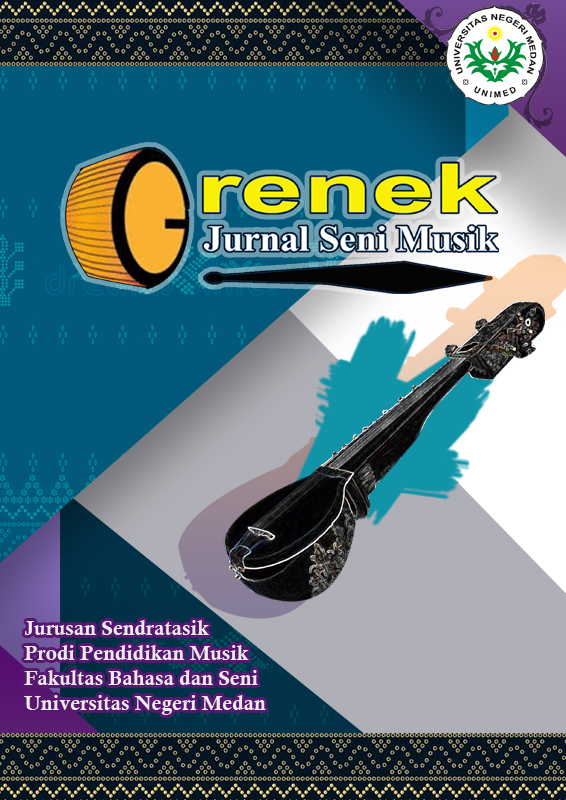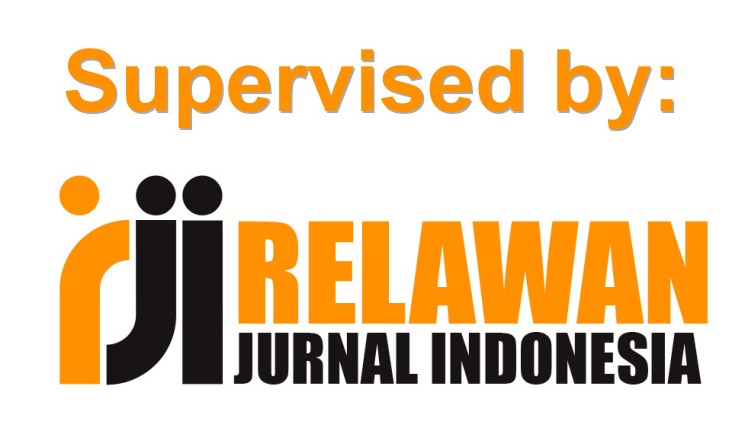The Fusion of Tradition and Modernity: Reviewing the Lyrics and Vocal Style of Chinese Art Songs
DOI:
https://doi.org/10.24114/grenek.v14i1.64501Keywords:
Chinese Art Songs, Yishu Gequ, Chinese Ancient Poetry, Vocal Style, Mandarin TonalityAbstract
This study explores the characteristics of Chinese art songs, with a particular focus on their lyrics and vocal style, through a literature review approach. Chinese art songs (yishu gequ) emerged during the May Fourth Movement as a fusion of Western compositional techniques and traditional Chinese cultural elements. The lyrics are deeply rooted in Chinese ancient poetry, drawing on classical themes such as nature, emotions, and philosophy, while maintaining structural integrity through poetic forms like shi (詩) and ci (詞). The linguistic complexities of Mandarin Chinese, a tonal language, present unique challenges for composers in balancing melodic expression with tonal accuracy. Additionally, the vocal style integrates Western operatic traditions with elements from traditional Chinese vocal aesthetics, such as those found in Peking opera and folk music. Performers face interpretative challenges due to the hybrid nature of the genre, requiring technical mastery and cultural sensitivity. The findings highlight the cultural and artistic significance of Chinese art songs as a unique genre that bridges traditional Chinese heritage and modernity. This research underscores the importance of further study on the lyrics and vocal styles to enrich understanding and appreciation of this musical form.References
Bryant, L. O. (2004). New Songs of the Battlefield: Songs and memories of the Chinese Cultural Revolution. Pennsylvania: University of Pittsburgh.
Carman, J. (2009). Music Reviews: Anthology of Chinese Songs, Volume II: Traditional and Modern Chinese Art Songs. Journal of Singing-The Official Journal of the National Association of Teachers of Singing, 66(1), 107-109.
Chaloupková, L. (2021). The Chinese art song, yishu gequ: Between tradition and modernity. Acta Universitatis Carolinae Philologica, (3), 29-46.
Chang, Q. L. (2018). Performing Chinese contemporary art song: a portfolio of recordings and exegesis (Doctoral dissertation).
Chingchih, L. (2010). A critical history of new music in China. Hong Kong: The Chinese University of Hong Kong Press.
Cui, C. (2021). Western and Chinese Musical Traditions in 20th Century China: Developing an American Pedagogy for “Chinese Classical Poetry Art Song” (Doctoral dissertation, University of Georgia).
Dashchenko, A. (2022). The Genesis of Yi’an Style (易安體) in Medieval Chinese Poetry. Respectus Philologicus, 41(46), 120-131.
Gorfinkel, L. (2017). Chinese Television and national identity construction. Prancis: Taylor & Francis.
Guo, X. (2015). On the emotion, sound and rhyme of China’s national vocal music art. In 2015 International Conference on Management, Education, Information and Control (pp. 958-963). USA: Atlantis Press.
Han, K. H. (1978). The Chinese concept of program music. Asian Music, 10(1), 17-38.
Hu, Z. (2023). Analysis of the historical origin of ancient Chinese poetry and art songs. Journal of Innovation and Development, 3(1), 76-78.
Jiang, M. (1982). Hanzu Minge Gailun (An Introduction to Han Folk Songs). Shanghai: Wenyi.
Kuang, L. (2023). Soundscapes in Selected Tang Poetries and Song Lyrics (ci 詞). In Performing Arts Conference: Heritage and Modernity in the Performing Arts, 220.
Lam, J. (2008). Chinese music and its globalized past and present. Macalester International, 21(1), 29-77.
Lau, F. (2013). Voice, culture, and ethnicity in contemporary Chinese compositions. In Vocal Music and Contemporary Identities, 110-126. London: Routledge
Lau, W. T. (2008). Songs Tied onto the Chariots—Revolutionary Songs of the Cultural Revolution of China (1966–1976). Journal of Historical Research in Music Education, 29(2), 98-107.
Lihui, L. (2020). Modern Chinese Art Song: Genre Specificity. European Journal of Arts, (2), 59-64.
Lin, Y. (2020). The Art Songs of Huang Zi: A Selective Study. Ohio: The Ohio State University.
Liu, F., & Xu, Y. (2005). Parallel encoding of focus and interrogative meaning in Mandarin intonation. Phonetica, 62(2-4), 70-87.
Liu, Y. (2019). The construction of national identity through the creation of the national singing method in China (Doctoral dissertation).
Shang, N., & Styles, S. J. (2017). Is a high tone pointy? Speakers of different languages match Mandarin Chinese tones to visual shapes differently. Frontiers in Psychology, 8, 2139.
Sun, Y. (2022). The Value Inheritance of Ancient Poetry and Art Songs in The Perspective of Cultural Confidence-Takes" Nianujiao Red Cliff" As an Example. In Диалог культур-диалог о мире и во имя мира (678-683).
Tyan, J. A. (2003). A performer's guide to selected Chinese art songs by twentieth-century Chinese composers. China: The Southern Baptist Theological Seminary.
Wang, C. (2018). A new training technique for using the Bel Canto Method to sing chinese songs (Doctoral dissertation).
Wu, X. (2022). Zi Huang and Brahms: A comparative study of early Chinese art songs and romantic German lied through Piano accompaniment. Texas: Texas Tech University.
Xu, Y., & Wang, Q. E. (2001). Pitch targets and their realization: Evidence from Mandarin Chinese. Speech communication, 33(4), 319-337.
Yan, T. (2023). A Guide to Chinese Art Songs from 1970 to 2010 (Doctoral dissertation, West Virginia University).
Yanxi, C., & Karin, K. (2019). A Study of the Undergraduate Voice Curriculum for Voice Program of Popular Songs in Selected Normal Universities in China (Doctoral dissertation, Mahasarakham University).
Yuan, L. (2019). The Construction of National Identity Through the Creation of the National Singing Method in China (Doctoral dissertation, University of Technology Sydney (Australia).
Zhang, Q. (2015). Translating the Four Seas across Space and Time. In Making the New World Their Own, 203-263. Brill.
Zhang, R., & Chonprirot, J. (2024). Vocal Techniques and Musical Literacy in the Singing of Chinese Gu Shi Ci Art Songs. International Journal of Education and Literacy Studies, 12(3), 135-142.
Zhang, X. (2024). Selected Chinese Art Songs from the 20th and 21st Centuries. West Virginia University.
Zheng, L., & Zhu, Y. X. (2021). Research on Contemporary Chinese National Vocal Music Art from the Perspective of Aesthetics. Journal of Jiangxi University of Finance and Economics, (06), 254.
Downloads
Published
Issue
Section
License
Copyright (c) 2025 Li Mao Lin, Shafizan bin Sabri

This work is licensed under a Creative Commons Attribution-ShareAlike 4.0 International License.
Authors published with the Grenek: Jurnal Seni Musik agree to the following terms:
- Authors retain copyright and grant the journal the right of first publication with the work simultaneously licensed under a Creative Commons Attribution License (CC BY-SA 4.0) that allows others to share the work with an acknowledgment of the work's authorship and initial publication in this journal.
- Authors are able to enter into separate, additional contractual arrangements for the non-exclusive distribution of the journal's published version of the work (e.g., post it to an institutional repository or publish it in a book), with an acknowledgment of its initial publication in this journal.
- Authors are permitted and encouraged to post their work online (e.g., in institutional repositories or on their website) prior to and during the submission process, as it can lead to productive exchanges, as well as earlier and greater citation of published work. (See The Effect of Open Access)








